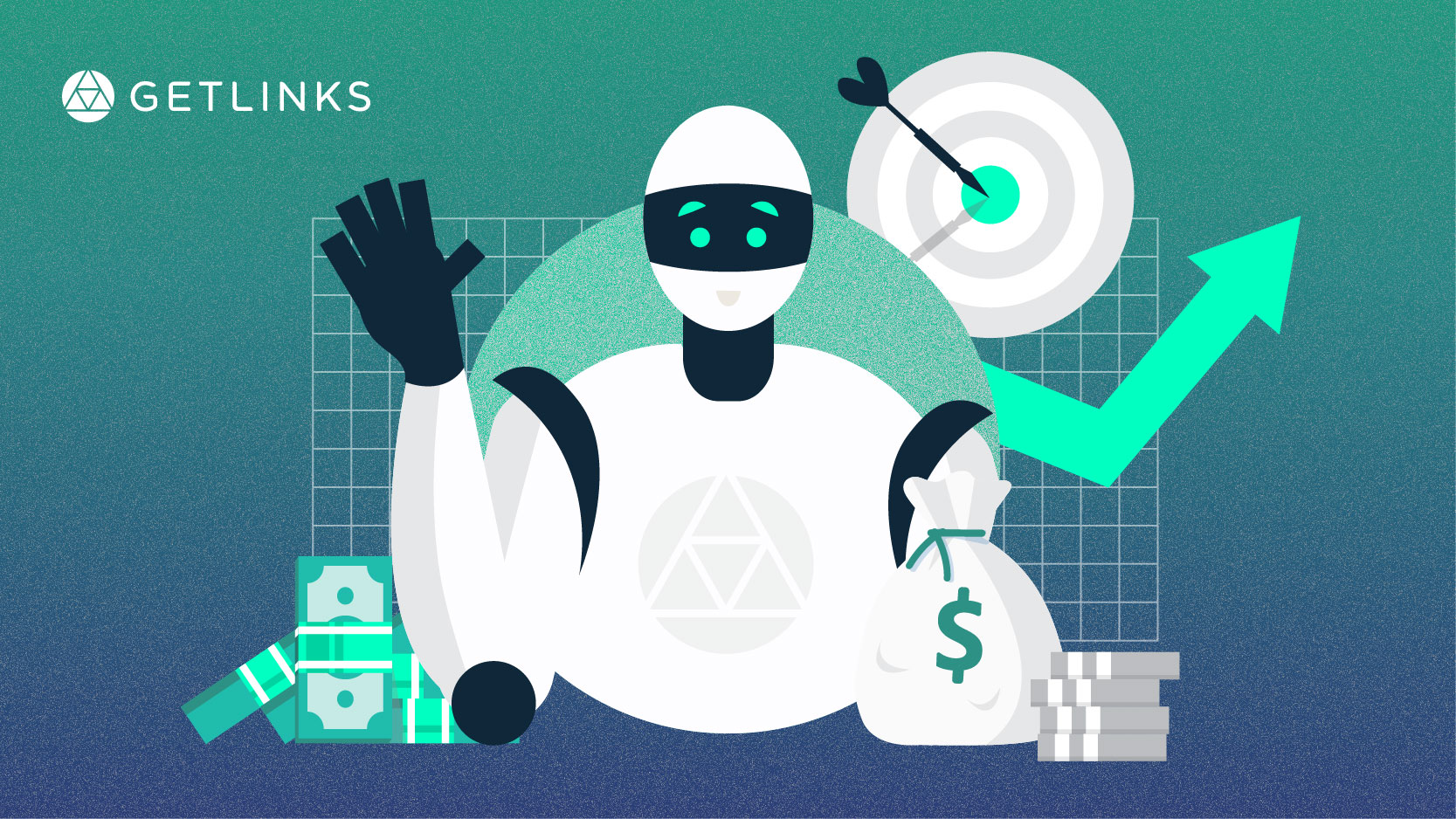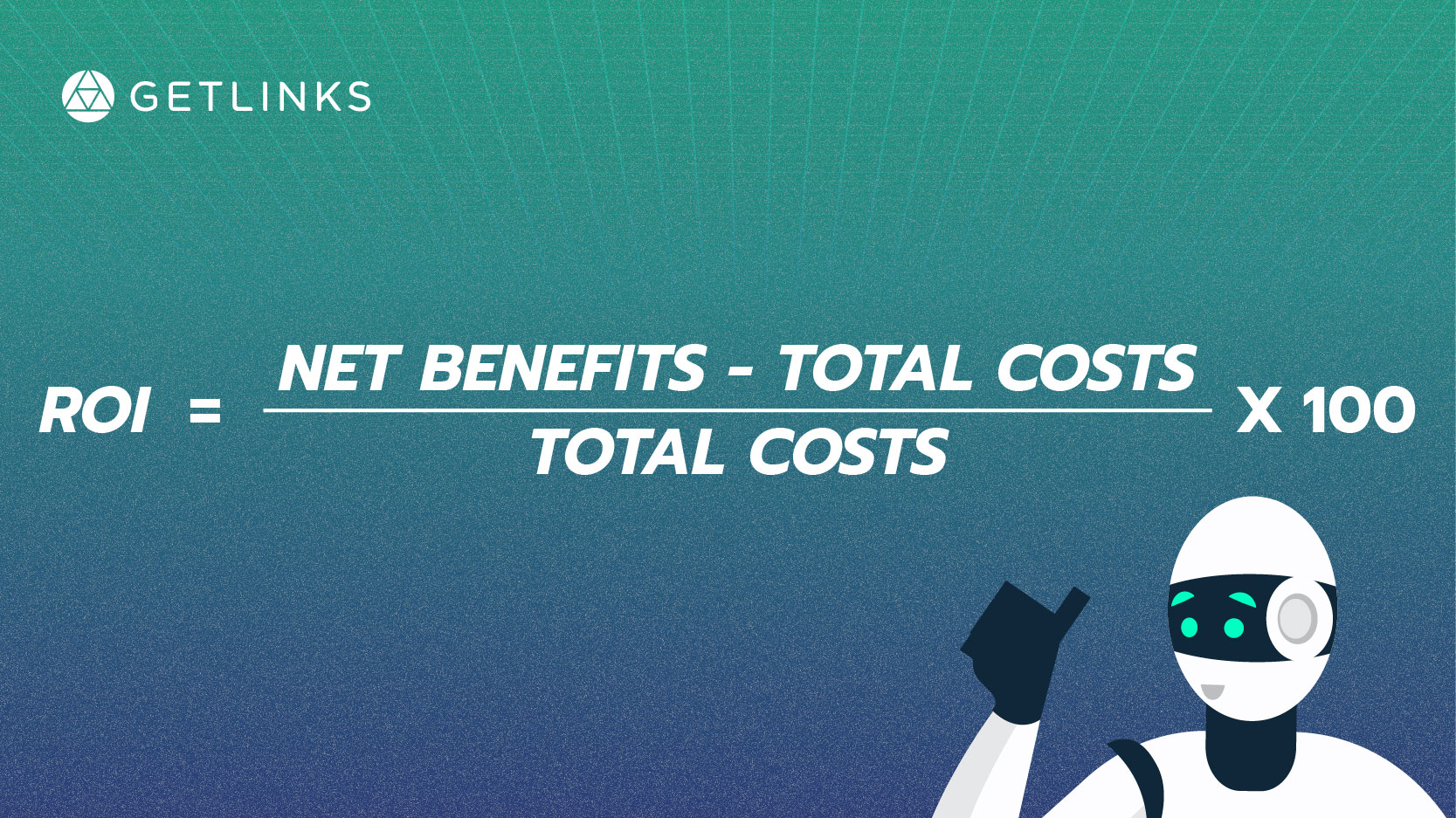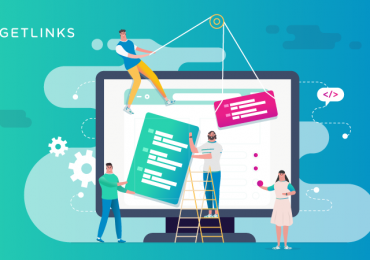Measuring the RO(AI)I of HR: Is Your HR AI Worth It?

You’ve probably heard it a hundred times already that “AI will transform HR.” But after the hype fades, the real question always comes back “Is it actually worth it?”
Many HR teams are experimenting with AI tools for hiring, onboarding, and performance management, yet very few can clearly show what they’re getting in return. Measuring the ROI (Return on Investment) of AI in HR isn’t just about showing numbers to your boss, it’s about understanding whether technology truly helps people work smarter, faster, and fairer.
Let’s walk through how you can do that, in a way that’s simple, practical, and human.
Start with the “Why”
First of all, ask yourself and your team “Why are we using AI in the first place?” Your goal might be to hire faster, reduce costs, improve candidate experience, or enhance employee engagement. Without a clear objective, you’ll never know what success looks like.
If your team struggles with screening too many resumes, your focus could be time saved per hire.
If your challenge is poor retention, track quality of hire or first-year retention rate.
If your HR team is overwhelmed, measure how much manual work AI automates.
Once you know your “why,” the “how much” will follow naturally.

Numbers Don’t Lie
Here comes the fun part, the data. AI tools give you plenty of measurable outcomes. Some key metrics to start with:
Time-to-Hire: How many days did it take to fill a position before and after using AI?
Cost-per-Hire: Did AI reduce your reliance on agencies or job ads?
Quality-of-Hire: Are new hires performing better or staying longer?
Recruiter Output: Are recruiters screening or interviewing more candidates per week?
HR Workload Reduction: How many hours of manual work were replaced by automation?
Automation Rate: What percentage of HR tasks are now AI-driven?
Turnover Rate: Has it gone down since using AI for engagement or feedback?
Engagement Scores: Are employees reporting better communication or development?
You can calculate ROI with a simple formula as the image above.
Don’t Forget the Human Side
Not everything that matters can be measured in numbers. AI also impacts how people feel about work, and that’s significantly important. Again, ask yourself and your team,
Do employees feel the AI systems are fair and transparent?
Do candidates feel the hiring process is faster and more personal?
Do HR teams feel empowered, not replaced, by AI tools?
Collect this feedback through surveys, interviews, or focus groups, then carefully scrutinize them.

Measure at the Right Time
ROI doesn’t happen overnight. It’s a journey, and you should track it at different stages.Regular reviews help you fine-tune the system and show leadership that you’re not just using AI, but you’re improving it.
Connect ROI to Business Goals
At the end of the day, AI in HR should align with company strategy.
If your company is scaling fast, highlight faster hiring.
If you’re focused on retention, show how AI predicts flight risks or personalizes development.
If employer branding matters, prove how AI enhances candidate experience and reduces bias.
When your metrics connect back to what the business cares about, your AI investment becomes more than an experiment, it becomes a competitive advantage.
Measuring AI ROI in HR isn’t about proving a point, it’s about finding the balance between technology and humanity. AI can save money and time, but more importantly, it can help HR focus on what matters most, “people.” When measured thoughtfully, the return on AI isn’t just in percentages. It’s in better hires, happier employees, and a stronger, more human workplace.
And if you’re thinking about bringing AI into your recruitment process to create a new experience for both candidates and HR, get to know our GetLinks AI Career Coach first.


